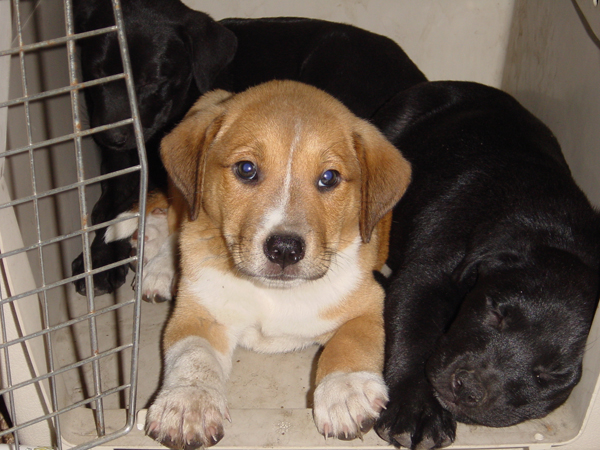You have a new pet and now he needs to be house trained. Crate training is one of the most effective methods for training puppies.
First, puppy owner’s need to realize that crate training isn’t a magical answer to all puppy problems. Improper crate training can create fear and frustration in your pet. But done correctly, crate training is an excellent method.
The reason that crate training works is that dogs are den animals. When puppies are in their dog crates, they don’t want to soil their dens. The dog crates act as places puppies want to keep clean. Dog crates are not just a place for puppies to sleep, but a place where they feel safe.
CRATE TRAINING BASICS
Here are some basic rules for crate training your pet:
The crate is not a punishment. Dog crates are safe places for puppies, not places to send them when they’ve misbehaved.
Even though you are crate training your pet, let him or her out often enough to get ample exercise.
Puppies have small bladders, and shouldn’t be left in dog crates for long periods of time. You know how you feel when you have to pee; don’t do this to your puppy.
Use crate training only until you can trust your pet; after that, use of dog crates is unnecessary.
CRATE TRAINING STEPS
The first step in crate training is to introduce your puppy to the dog crate. Put the crate in a familiar place. Let the puppy take its time. Throw some treats or toys in the crate.
Next, feed your puppy near the dog crate. After several feedings, move the food into the dog crate. Eventually, close the dog crate door while the puppy is eating.
Slowly increase the length of time of your crate training sessions. Bring the puppy near the dog crate with a treat. Teach a command for entering the dog crate. After the puppy is crated, stay nearby for several minutes before leaving the room. Eventually extend the crate training sessions to over thirty minutes with you out of the room but still in the house.
Now, you are ready to start putting your pet in the dog crate while you leave for short periods of time. Remember that you should not have excessively long crate training sessions early in the process.
The final step is to start crate training your pet at night. Begin with the dog crate in the bedroom, but then you can eventually move the dog crate to a different part of the house.
If your puppy whines while in the dog crate, you need to try to determine if he or she merely wants out of the cage, or needs to go outside. Wait several minutes to see if the whining stops. If the pet needs to get out to urinate, then let him or her out. Try to only let the dog out of the dog crate when necessary.
If you follow these simple steps, you can perform successful crate training with few problem.












